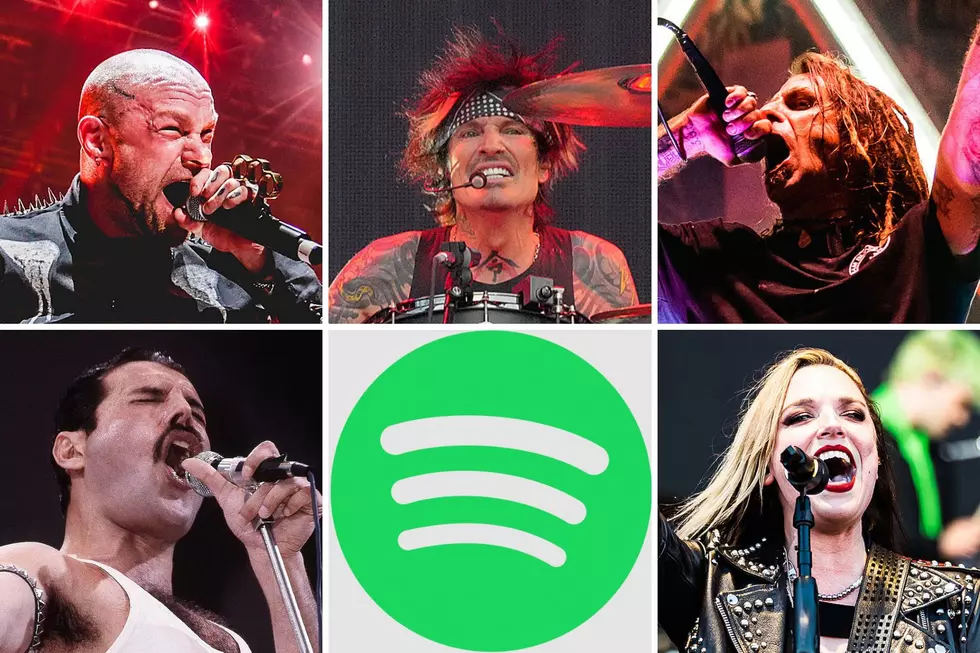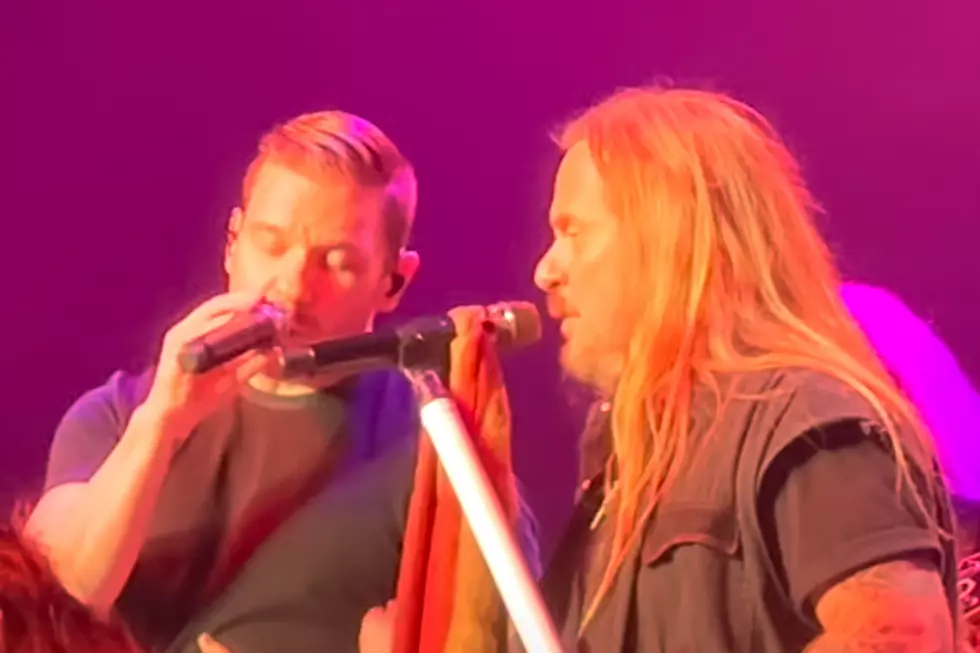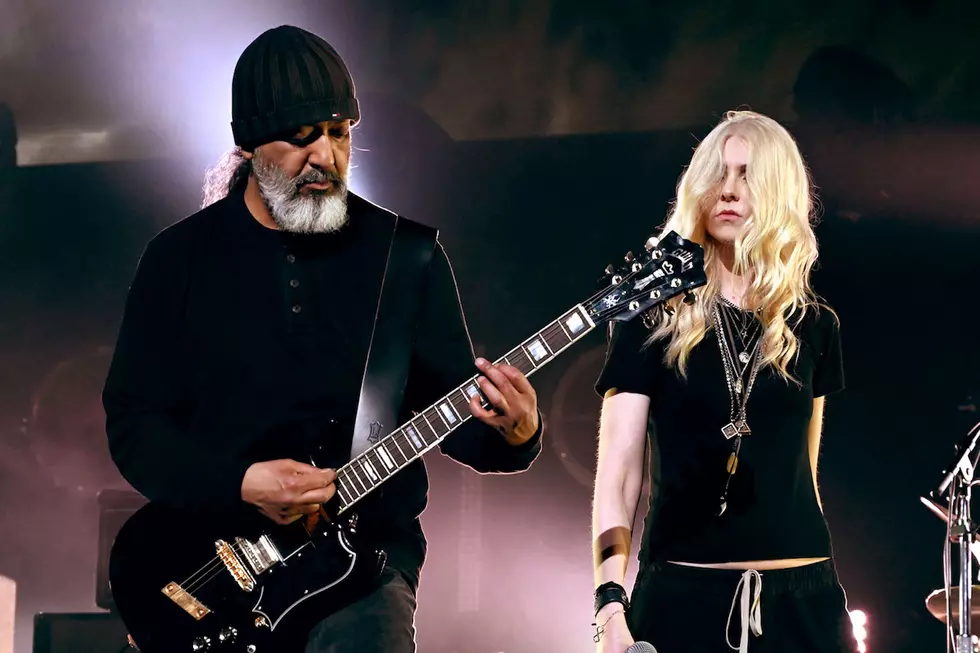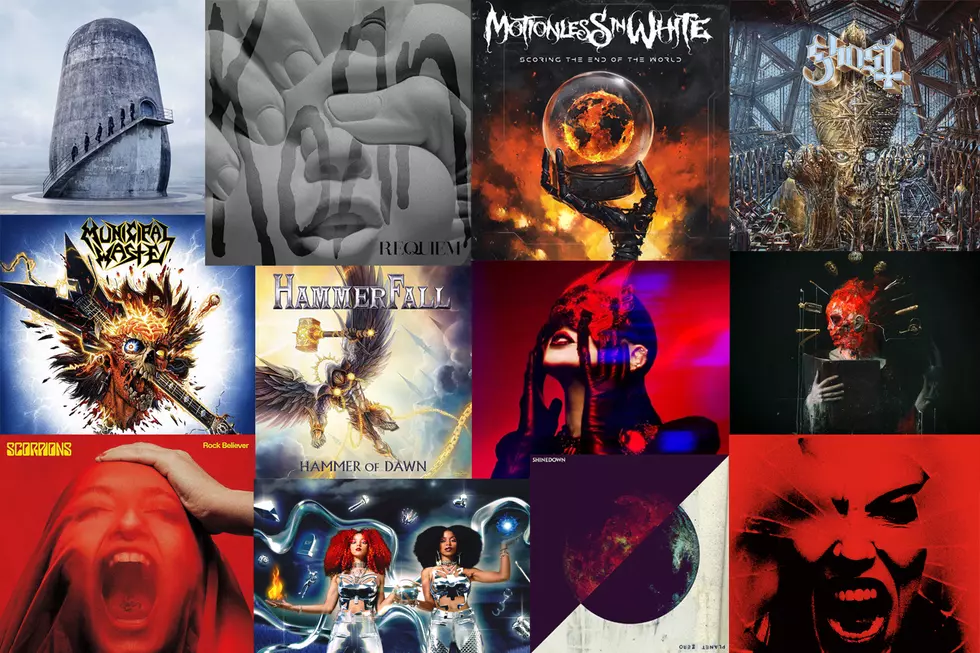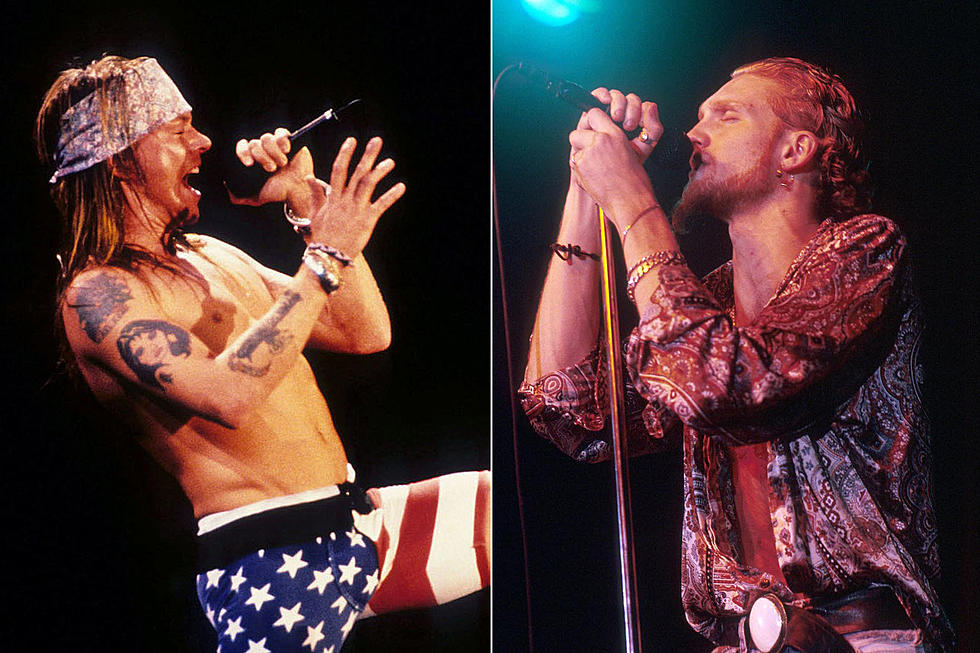
How Did Guns N’ Roses Pave the Way for Grunge?
When Guns N' Roses released Appetite for Destruction in 1987, it didn't just become the best-selling debut album of all time — it also saved mainstream rock 'n' roll from how boring and watered-down it had become. In the meantime, it also paved the way for a new movement to ensue: grunge.
"We needed danger in rock 'n' roll again," radio personality Matt Pinfield said of Guns N' Roses. "It was hitting a wall. People were ready for something new, obviously youth was."
And thus, GN'R helped bridge the very distinct gap between hair metal and grunge.
There are so many subgenres of rock 'n' roll that it can sometimes be difficult to distinguish one from another. Some are easy — southern rock is created by bands that incorporate a southern twang into their music, glam rock is characterized by flamboyant groups that often teased their hair and wore glitter — but others are a little more complex, such is the case with grunge.
Grunge was commonly thought to have come from Seattle, but its borders expanded a little bit beyond that to the rest of the Pacific Northwest. But geographical location isn't enough to describe a group of bands that sounded pretty different from each other, so what made grunge grunge?
We already discussed which bands were responsible for "inventing" the grunge sound in Episode 1, but now we're going to continue our celebration of 30 Years of Grunge by diving a little deeper into its sound and aesthetic to determine what made it different from previous generations of rock 'n' roll.
"If you asked any of us at the time what we liked about it, was that it was dark, it was way different than what was going on in the mainstream and it was authentic,"shared Myles Kennedy, who grew up nearby in Spokane, Wash.
In addition to Pinfield and Kennedy, you'll hear testimonials from Soundgarden members Kim Thayil and Matt Cameron, Melvins' Buzz Osborne, Shinedown's Brent Smith, The Pretty Reckless' Taylor Momsen, Mother Love Bone's Greg Gilmore, Seether, Dorothy, Dirty Honey's John Notto, Spotify's Allison Hagendorf, renowned artist manager Susan Silver, and Seattle-based photographer Charles Peterson and radio personality Cathy Faulkner.
Watch the second episode of our 30 Years of Grunge series, "What Made Grunge Grunge?" below.
30 Years of Grunge - What Made Grunge Grunge?
The 10 Most Influential Grunge Icons of All Time
More From 97.1 KXRX
